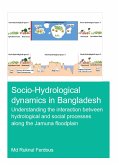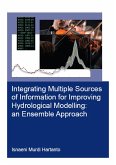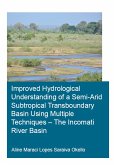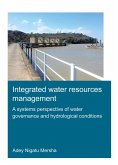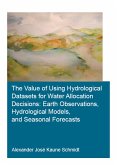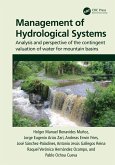Global climate change is typically understood and modeled using global climate models (GCMs), but the outputs of these models in terms of hydrological variables are only available on coarse or large spatial and time scales, while finer spatial and temporal resolutions are needed to reliably assess the hydro-environmental impacts of climate change. To reliably obtain the required resolutions of hydrological variables, statistical downscaling is typically employed.
Statistical Downscaling for Hydrological and Environmental Applications presents statistical downscaling techniques in a practical manner so that both students and practitioners can readily utilize them. Numerous methods are presented, and all are illustrated with practical examples. The book is written so that no prior background in statistics is needed, and it will be useful to graduate students, college faculty, and researchers in hydrology, hydroclimatology, agricultural and environmental sciences, and watershed management. It will also be of interest to environmental policymakers at the local, state, and national levels, as well as readers interested in climate change and its related hydrologic impacts.
Features:
- Examines how to model hydrological events such as extreme rainfall, floods, and droughts at the local, watershed level.
- Explains how to properly correct for significant biases with the observational data normally found in current Global Climate Models (GCMs).
- Presents temporal downscaling from daily to hourly with a nonparametric approach.
- Discusses the myriad effects of climate change on hydrological processes.
Dieser Download kann aus rechtlichen Gründen nur mit Rechnungsadresse in A, B, BG, CY, CZ, D, DK, EW, E, FIN, F, GR, HR, H, IRL, I, LT, L, LR, M, NL, PL, P, R, S, SLO, SK ausgeliefert werden.



